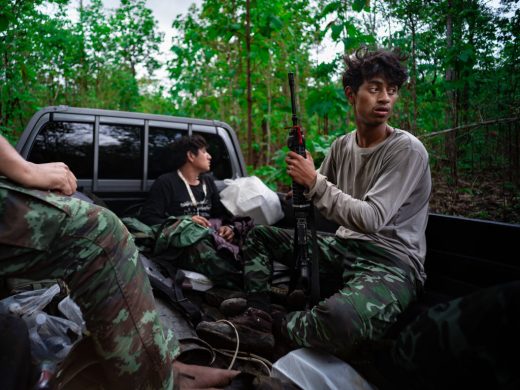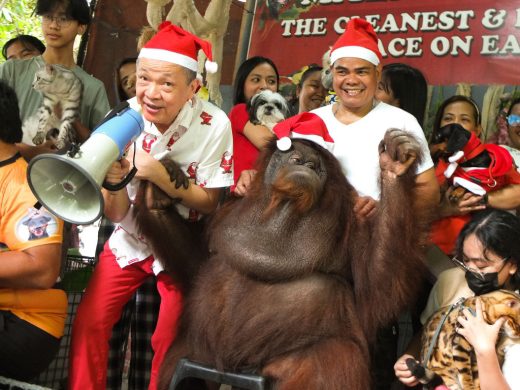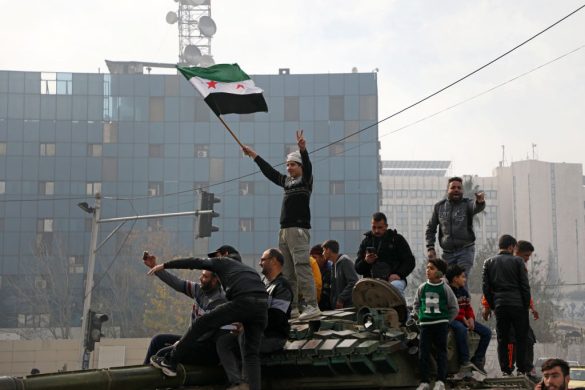Thousands of people in Nepal have been celebrating a plan to drastically curtail the powers of King Gyanendra which was adopted on Thursday.
Nepals restored parliament voted unanimously in favour of the landmark plan which includes stripping him of control of the army, BBC Online reports Friday. The move follows mass street protests in April which led the king to recall parliament and end direct palace rule.
The proclamation effectively makes the king a ceremonial figure. Cutting the powers of the king, who seized direct powers in 2005, was a key demand of the pro-democracy protesters who took to the streets across Nepal.
Maoist rebels, who have fought for a republic for 10 years, gave the proclamation a cautious welcome but said it did not go far enough. They want to get rid of the monarchy but most of the governing coalition are non-committal on the issue.
The interim governments proclamation overrides the 1990 constitution, which handed most power to parliament but kept the monarchy involved in politics.
The plans include:
– bringing 90.000 troops under the direct control of the parliament
– taxing the royal family and its assets
– scrapping the royal advisory council, the Raj Parishad
– removing royal references from the titles of the army and government
– declaring Nepal a secular country, after years as the world’s only Hindu kingdom.
The proclamation says it will annul those articles of the current constitution which contradict it, although observers say this is likely to come under challenge in the courts at some point.
Another move quietly made by the authorities was to ban demonstrations in parts of Kathmandu around the government buildings and the royal palace, just as the authorities of the previous royal government did.
All the measures appear to be provisional, pending the planned election of an assembly to write a completely new constitution.















